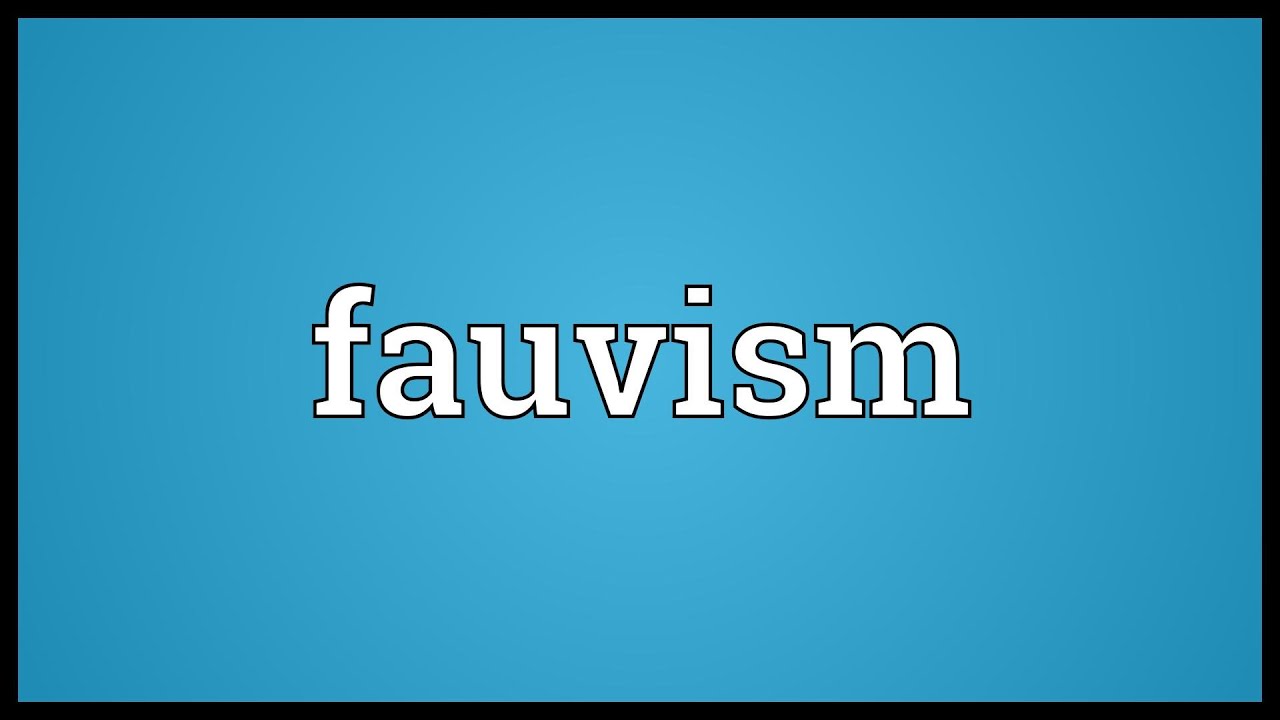Tuen Tony Kwok
tonykwk39@gmail.com
Henri Matisse was a French painter, draftsman, sculptor, and printmaker. Known for his use of color, his work is regarded as responsible for laying the foundation for modern plastic arts, along with the work of Pablo Picasso and Marcel Duchamp. At the age of 18, he went to study law, working as a court administrator. But, after a bout of appendicitis, during which his mother gave him paints and an easel to pass the time, he began drawing, soon leaving law school to pursue his art career, to the dismay of his father.
He was exposed to the works of Van Gogh, who was practically unknown at the time, in 1897 and 1898, when he visited his friend, painter John Peter Russell, in the island of Belle Ile, which totally changed his painting style. A lover of all art, he immersed himself in the work of his fellow painters, and often got himself into debt buying the work of other artists. He received much inspiration from the work of other artists as well, drawing inspiration from such varied sources as Japanese art, Impressionism, Post-Impressionism, and Pointillism.
His work, characterized as “fauvre,” or wild, often met with harsh criticism, which made it hard for him to provide for his wife and children. Due to vehement hatred of his works, his Blue Nude was burned in 1913 at an Armory Exhibition in Chicago. Although he had harsh critics, he had loving followers, including Gertrude Stein and her family. Throughout the years of 1907-1911, his friends organized and financed an art school, Academie Matisse, in which Matisse could instruct young artists.
In his later life, Matisse, who was partially reliant on a wheelchair, continued his artistic endeavors in creating cut paper collages, and working as a graphic artist. He also published Jazz in 1947, a collection of his printed and written works. Before his death of a heart attack, he established a museum of his own works, which has helped establish his legacy as a leading figure in the modern art movement.
亨利馬蒂斯是法國畫家,繪圖員,雕塑家和版畫家。以他對色彩的運用而聞名,他的作品被認為是為現代造型藝術奠定基礎,以及Pablo Picasso和Marcel Duchamp的作品。 18歲時,他去法庭學習,擔任法庭管理員。但是,在一次闌尾炎之後,他的母親給了他塗料和畫架以打發時間,他開始畫畫,很快離開法學院去追求他的藝術生涯,讓父親感到沮喪。
他接觸到了當時幾乎不為人知的梵高的作品,1897年和1898年,他在Belle Ile島拜訪了他的朋友畫家約翰彼得羅素,這完全改變了他的繪畫風格。作為一個藝術愛好者,他沉浸在他的畫家們的作品中,經常讓自己陷入債務中購買其他藝術家的作品。他從其他藝術家的作品中獲得了很多靈感,從日本藝術,印象派,後印象派和點彩派等各種來源中汲取靈感。
他的作品被稱為“野蠻”或狂野,經常遭到嚴厲的批評,這使他很難為妻子和孩子提供幫助。由於對他的作品的強烈仇恨,他的藍色裸體於1913年在芝加哥的軍械庫展覽中被燒毀。雖然他有嚴厲的批評者,但他有熱愛的追隨者,包括格特魯德斯坦和她的家人。 1907年至1911年間,他的朋友組織並資助了一所藝術學院,即馬蒂斯學院,馬蒂斯可以指導年輕藝術家。
在他的晚年,馬蒂斯,他部分依賴輪椅,繼續他的藝術創作,創造剪紙拼貼,並作為一個圖形藝術家。他還於1947年出版了爵士樂,收藏了他的印刷和書面作品。在他心髒病發作去世之前,他建立了一個他自己作品的博物館,這有助於確立他作為現代藝術運動領軍人物的遺產。
"野獸派"(法語:Les Fauves)是20世紀率先崛起的象徵主義畫派,畫風強烈、用色大膽鮮豔,將印象派的色彩理論與梵谷、高更等後印象派的大膽塗色技法推向極致,不再講究透視和明暗、放棄傳統的遠近比例與明暗法,採用平面化構圖、陰影面與物體面的強烈對比,脫離自然的摹仿。
野獸派主要由亨利·馬蒂斯、「古典野獸」安德烈·德朗領導,代表畫家另有「水彩野獸」勞爾·杜菲、「聖經野獸」喬治·盧奧、「風景野獸」烏拉曼克、馬爾肯、賈曼恩等,畫風特色是狂野的色彩、強烈的視覺衝擊,慣用紅、青、綠、黃等醒目的強烈色彩作畫,他們吸收了非洲、玻里尼西亞和中南美洲原始藝術的呈現方式,以單純的線條、色塊表達自己強烈的感受。
野獸派的壽命相當的短,1905年巴黎秋季沙龍之後的第三年,野獸派幾乎已消失無蹤。然而,儘管如此,野獸派對後來的現代藝術影響仍十分深遠,康定斯基、德勒斯登、雅夫楞斯基都受了野獸派一定程度的薰陶。
Source
藝苑掇英 Henri Matisse 亨利·馬蒂斯 (1869-1954) Fauvism French



